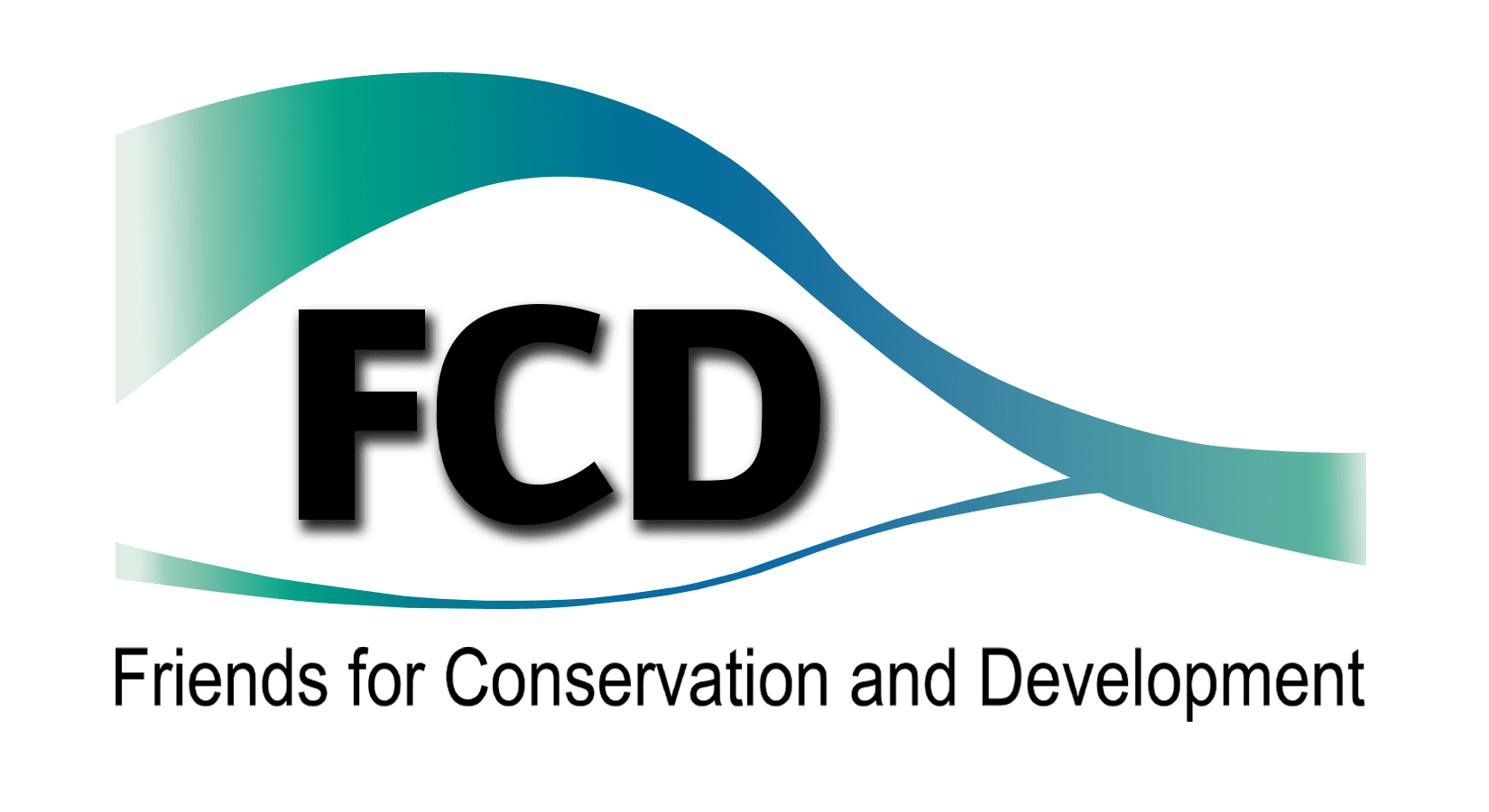Xate Research Results are In
For the third time since 2012, FCD’s research team have concluded a research to assess the stock populations of chamaedorea in the Chiquibul Forest. The data collected served to do a comparative analysis for the periods 2012 to 2018. The genus, Chamaedorea (locally referred to as xate) is the largest palm genus in Central America with an estimated 75% of the species being threatened. In Belize, there are 12 reported species, including the three most favored species in the floral industry (Chamaedorea elegans, C. ernesti-augustii and C. oblongata) and harvested from the forests of Mexico, Guatemala and Belize. The latter two species are known to be of high relative abundance in the Chiquibul Forest. Annual xate exports from Guatemala are estimated at USD 4 million, representing an important income source for many Guatemalan communities in the Department of Petén. Illegal xate harvesting in the Chiquibul Forest has been reported since the early 1970’s but peaked in 2005-2010.
The results of this recent study funded by the Belize Nature Conservation Foundation, released in July, indicate a significant decrease in the density of illegally extracted xate leaves from 2012 to 2018 for both C. ernesti-augustii and C. oblongata. In 2012, an estimated total of 16,337,332 leaves of C. ernesti-augustii had been illegally extracted from the Chiquibul Forest, compared to 1,650,496 leaves in 2018, this is a 89.9% decrease. The decrease
in illegal harvesting also translates to a decrease in the economic value from $US 724,288.40 in 2012 to $US 73,171.99 in 2018. Some factors or a combination of them that may have attributed to the reduction in the illegal extraction of xate leaves include: Increase in the number and efficiency of law enforcement patrols within the area of influence; changes in international market price for xate; changes in certified NTFP exportation policies which makes it more difficult for illegal harvesters to ‘laundry’ their product into the certified market base; promotion of alternative livelihood projects in poor, rural communities in Peten, and maintenance of a robust binational conservation effort.
